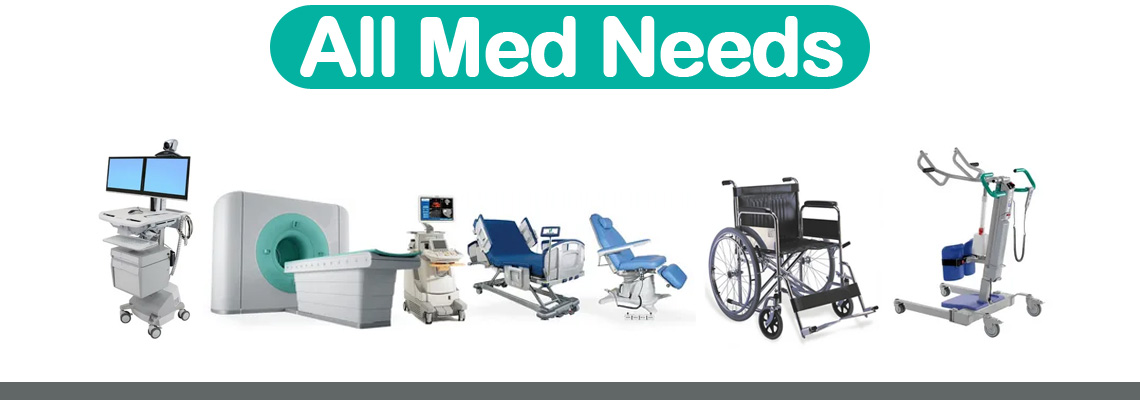
In recent years, nitrile examination gloves have gained substantial popularity across various industries due to their exceptional attributes and versatility. These gloves, made from synthetic nitrile rubber, have revolutionized hand protection in medical, industrial, and laboratory settings. This article provides an in-depth exploration of nitrile examination gloves, covering their composition, advantages, diverse applications, and considerations for selecting the right gloves to meet specific needs.
Composition and Manufacturing Process:
Nitrile examination gloves are crafted from nitrile rubber, a synthetic material derived from acrylonitrile and butadiene monomers. This unique composition endows nitrile gloves with remarkable properties that set them apart from traditional latex gloves.
The manufacturing process involves polymerization of the nitrile material, resulting in a strong and durable glove. Manufacturers often add various additives during production to enhance features such as flexibility, puncture resistance, and grip.
Advantages of Nitrile Examination Gloves:
- 1. Allergy-Free: Unlike latex gloves, nitrile gloves are latex-free, making them an ideal option for individuals with latex allergies or sensitivities.
- 2. Puncture and Chemical Resistance: Nitrile gloves exhibit superior puncture resistance compared to latex gloves, making them an excellent choice for tasks involving sharp objects. They also provide protection against a wide range of chemicals, oils, and solvents.
- 3. Strength and Durability: Nitrile gloves are known for their exceptional tensile strength, ensuring they maintain integrity even under rigorous usage.
- 4. Enhanced Fit and Comfort: Modern nitrile gloves offer a snug fit, similar to latex gloves, ensuring comfort during prolonged wear. They also possess elasticity that allows for ease of movement and reduced hand fatigue.
- 5. High Sensitivity: Nitrile gloves provide tactile sensitivity, allowing users to perform delicate tasks with precision and accuracy.
- 6. Ambidextrous Design: Most nitrile gloves are ambidextrous, eliminating the need to distinguish between left and right gloves, thus enhancing convenience.
- 7. Texture and Grip: Micro-textured or textured surfaces on nitrile gloves improve grip and dexterity, especially in wet or oily conditions.
Applications of Nitrile Examination Gloves:
- 1. Medical and Healthcare: Nitrile examination gloves are widely used in medical and healthcare settings, including hospitals, clinics, and laboratories. They are a preferred choice for medical professionals due to their barrier properties and resistance to bloodborne pathogens.
- 2. Laboratory and Research: Laboratories require gloves that provide chemical resistance and protection against hazardous materials. Nitrile gloves offer the necessary safeguards for researchers working with various substances.
- 3. Dental Practices: Dental practitioners rely on nitrile gloves for their tactile sensitivity and barrier protection during dental procedures.
- 4. Food Handling and Preparation: In the food industry, nitrile gloves ensure hygiene and prevent cross-contamination while handling food items.
- 5. Automotive and Manufacturing: Nitrile gloves find applications in industrial sectors, such as automotive manufacturing, where workers deal with sharp objects, oils, and chemicals.
- 6. Janitorial and Cleaning Services: Gloves are essential for janitorial tasks that involve the use of cleaning agents and potential exposure to harmful chemicals.
Selecting the Right Nitrile Examination Gloves:
When choosing nitrile examination gloves, several factors should be considered to ensure the gloves meet specific requirements:
- 1. Thickness: Different tasks demand varying glove thickness levels. Thicker gloves offer more protection but might compromise tactile sensitivity.
- 2. Powdered or Powder-Free: Powder-free gloves are often preferred as they eliminate the risk of allergic reactions and contamination.
- 3. Glove Size: Proper glove sizing is crucial for comfort and performance. Gloves that are too small can cause discomfort, while those that are too large might impede dexterity.
- 4. Textured vs. Smooth: Textured gloves provide enhanced grip, making them suitable for tasks that require precise handling.
- 5. Specific Application: Consider the tasks and hazards involved in your specific application to determine the required features and characteristics of the gloves.
Conclusion:
Nitrile examination gloves have emerged as a valuable solution for diverse industries due to their advanced attributes and suitability for a wide range of applications. Their combination of strength, flexibility, chemical resistance, and barrier protection makes them an indispensable choice for professionals and individuals seeking reliable hand protection. As industries continue to evolve, nitrile examination gloves stand as a testament to innovation and progress in the field of personal protective equipment.
